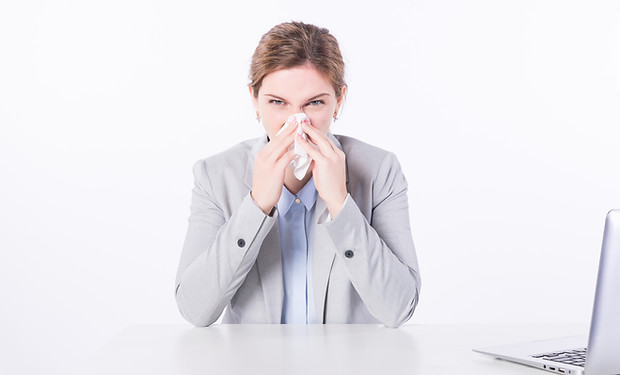
COVID-19
Stay Informed, Stay Healthy.
Coronavirus disease (COVID-19) is an infectious disease caused by a newly discovered coronavirus. The best way to prevent and slow down transmission is be well informed about the COVID-19 virus, the disease it causes, and how it spreads. MicMD Telehealth is committed to helping you stay informed and prepared as the COVID-19 situation continues to develop in the United States.
Expert Tips to Protect You and Your Family from COVID-19

UNDERSTAND YOUR
FACE MASKS
-
Fit the mask around your nose and mouth, and under your chin. The mask should fit tight around your face but still feel comfortable. You should be able to breathe easily through it.
-
Take the mask off after you've worn it or if it gets damp. Try not to touch the front of the mask when you remove it. That's where the germs are. Instead, pull it off by the ear loops or ties.

WASH YOUR HANDS OFTEN
-
Wash your hands often with soap and water for at least 20 seconds especially after you have been in a public place, or after blowing your nose, coughing, or sneezing.
-
If soap and water are not readily available, use a hand sanitizer that contains at least 60% alcohol. Cover all surfaces of your hands and rub them together until they feel dry.
-
Avoid touching your eyes, nose, and mouth with unwashed hands.

CLEAN AND DISINFECT SURFACES
-
Use alcohol-based disinfectants, white vinegar, or hydrogen peroxide solutions to clean hard surfaces in your home like:
-
countertops
-
handles (car handles and entrant door handles are daily must!)
-
steering wheel
-
grocery bags
-
package
-
toys
-
phone & laptop
-
glasses

COVER COUGHS AND SNEEZES
-
If you are around others and do not have on your cloth face covering, remember to always cover your mouth and nose with a tissue when you cough or sneeze or use the inside of your elbow and do not spit.
-
Throw used tissues in the trash.
-
Immediately wash your hands with soap and water for at least 20 seconds. If soap and water are not readily available, clean your hands with a hand sanitizer that contains at least 60% alcohol.

MONITOR YOUR HEALTH
-
Be alert for symptoms. Watch for fever, cough, shortness of breath, or other symptoms of COVID-19. Especially important if you are running essential errands, going into the office or workplace.
-
Take your temperature if symptoms develop. Don’t take your temperature within 30 minutes of exercising or after taking medications that could lower your temperature, like acetaminophen.
- 01
- 02
- 03
- 04
- 05
- 06
- 07
- 08
- 09
- 10
Source: CDC; MicMD
Source: CDC; MicMD
COVID-19 Resources
Signup for the must-read telehealth news & insights delivered to your inbox!
We Are Here To Help
MicMD Virtual Healthcare Delivery Platform ensures data integrity and security, in addition to compliance and alignment with HIPAA regulations.

